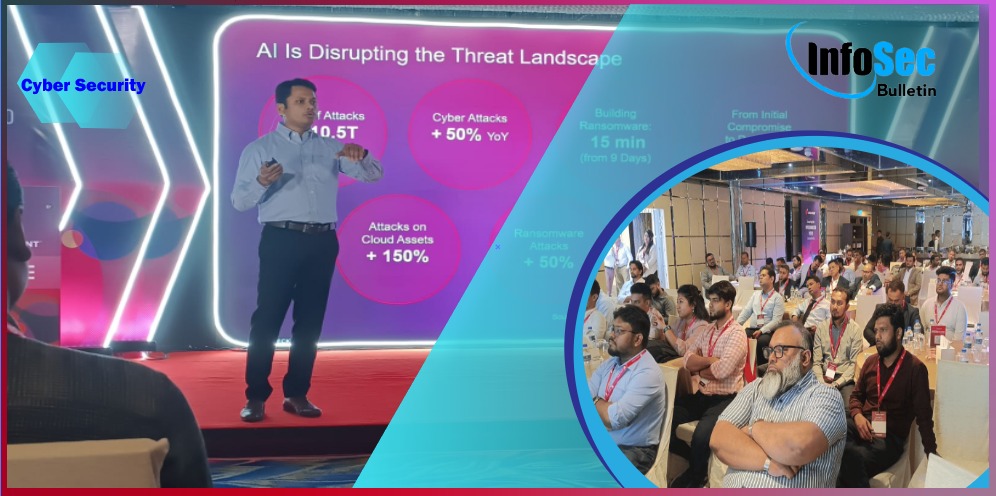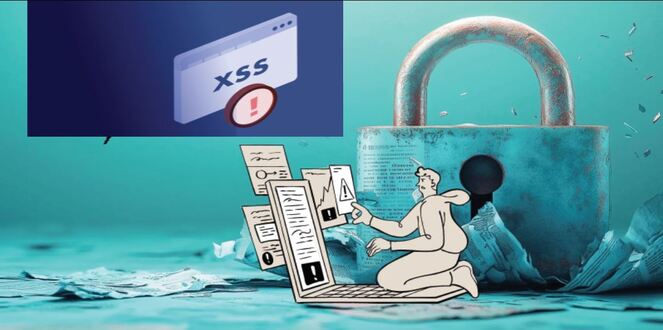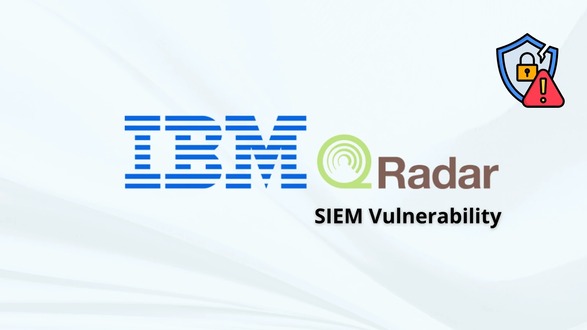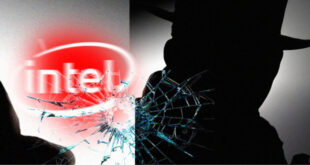Executive Summary:
Native Resource Abuse: Threat actor dubbed Codefinger uses compromised AWS keys to encrypt S3 bucket data via SSE-C, leveraging AWS’s secure encryption infrastructure in a way that prevents recovery without their generated key.
Irrecoverable Data Loss: AWS CloudTrail logs only an HMAC of the encryption key, which is insufficient for recovery or forensic analysis.
Urgent Ransom Tactics: Files are marked for deletion within seven days to pressure victims, with ransom notes providing payment details and warnings against altering account permissions.
A new ransomware campaign encrypts Amazon S3 buckets with AWS’s Server-Side Encryption using Customer Provided Keys (SSE-C) that only the attackers have. They are demanding ransoms in exchange for the decryption key.
Researchers from Halcyon found that hackers are targeting Amazon Web Services’ S3 bucket storage, using the company’s own encryption tools to block customers from accessing their data.
Halcyon has noted two incidents in December and named the group responsible for the attacks “Codefinger.”
“As they have only been observed in the two attacks noted in this report, Halcyon does not currently have any further intelligence on them, their origin, where they operate, or who they typically target,”a spokesperson told Recorded Future News. “Both victims were AWS native software developers.”
Hackers steal AWS account credentials and encryption keys, lock customers out, and demand ransom for the keys. Halcyon stated that the inability to recover data without paying the ransom marks a significant advancement in ransomware techniques.
Hackers demand ransoms by threatening to delete files within seven days. Ransom notes provide payment instructions and warn against changing AWS account permissions.
“By utilizing AWS native services, they achieve encryption in a way that is both secure and unrecoverable without their cooperation,” the researchers said.
“While SSE-C has been available since 2014, this appears to be a novel use of the feature by ransomware operators.”
An AWS spokesperson told media that whenever the company becomes aware of keys that have been leaked they notify affected customers and “thoroughly investigate all reports of exposed keys and quickly take any necessary actions, such as applying quarantine policies to minimize risks for customers without disrupting their IT environment.”
The company shared resources for concerned customers and encouraged those affected to reach out to AWS support. They also advised against storing credentials in source code or configuration files.
Halcyon cautioned that hackers’ tactics could become popular among other threat actors, urging AWS customers to take quick action for protection.
Cybercriminals often target S3 buckets since organizations frequently leave them open to everyone online, leading to significant data breaches.
 InfoSecBulletin Cybersecurity for mankind
InfoSecBulletin Cybersecurity for mankind














